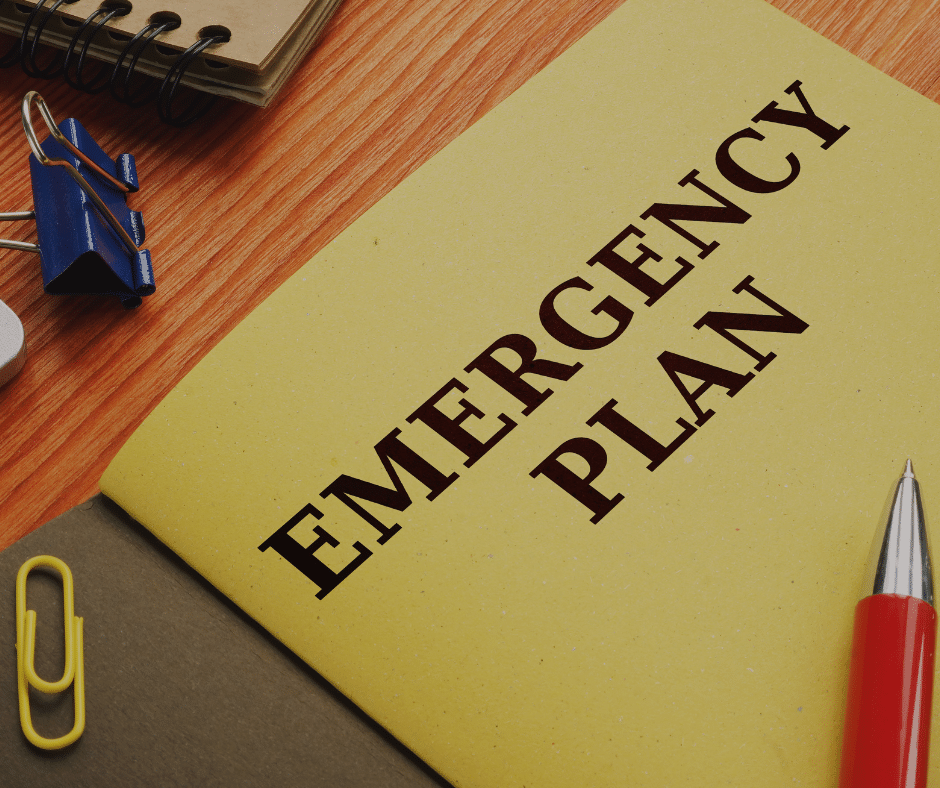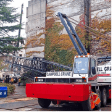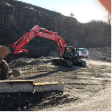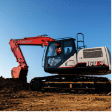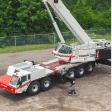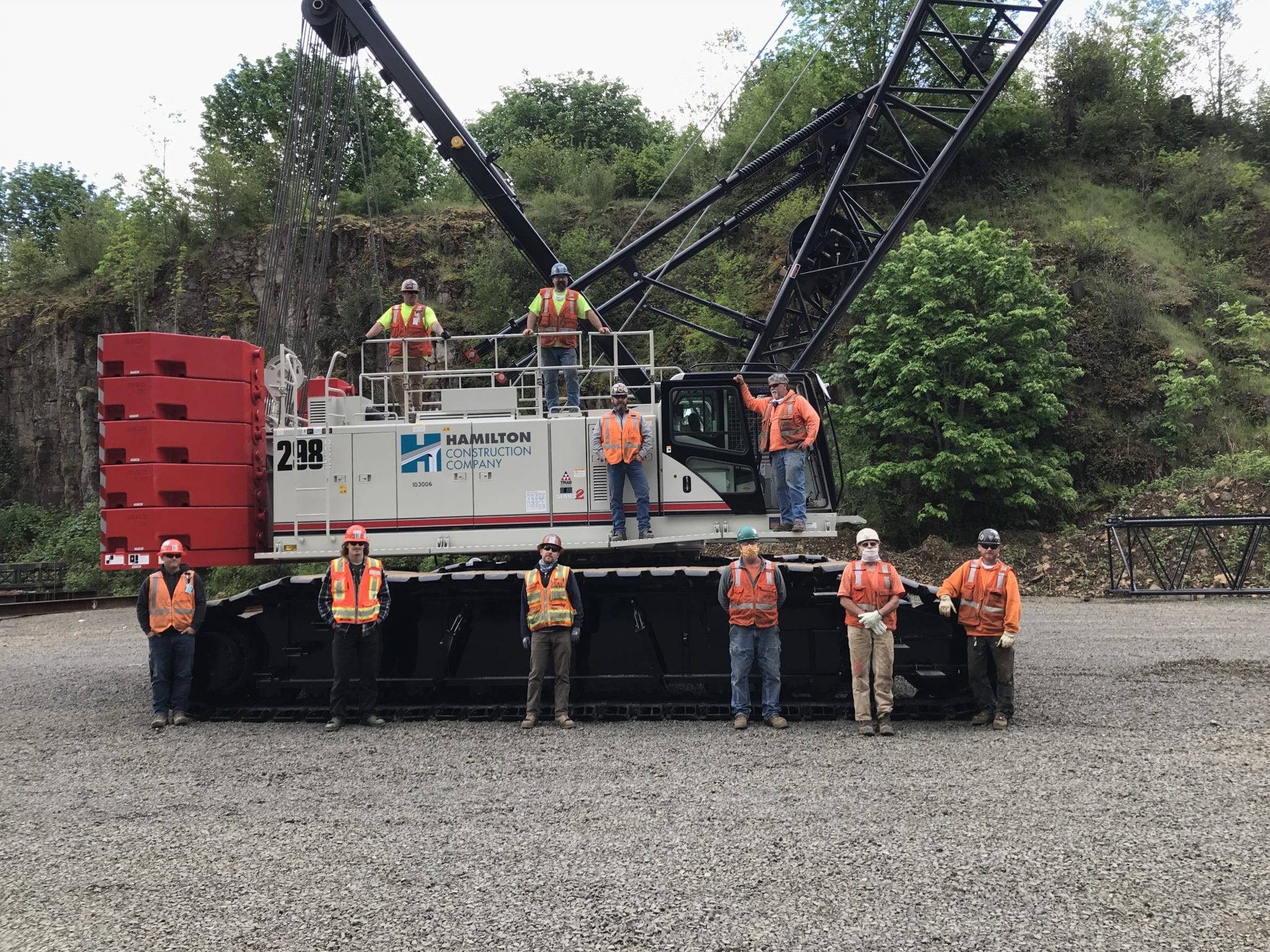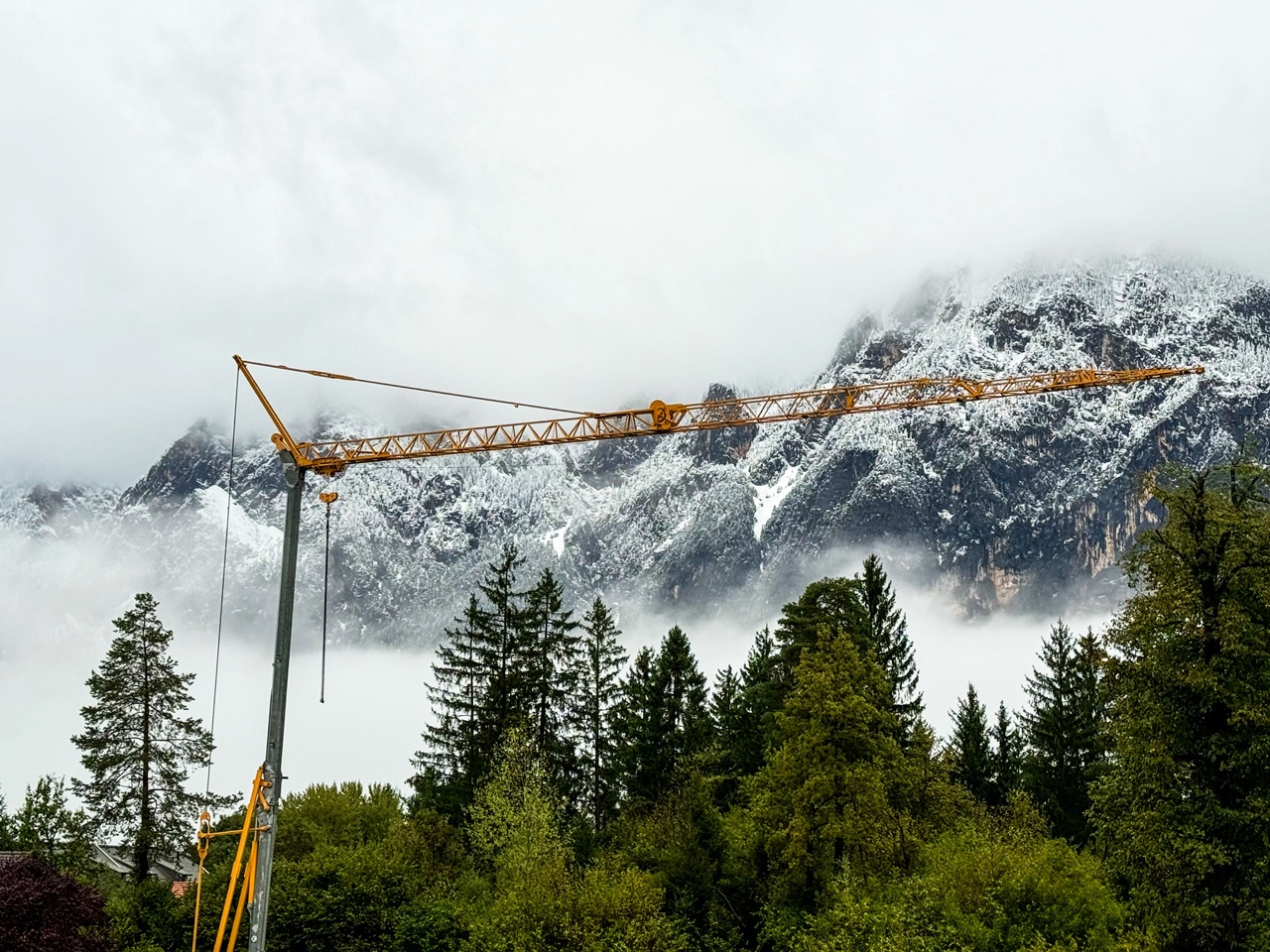The Importance of an Emergency Response Plan on Your Jobsite
In today’s fast-paced work environment, jobsite safety is a critical concern for employees and employers alike. Accidents and unexpected emergencies can occur at any moment, potentially endangering lives and halting productivity. This is why having a comprehensive emergency response plan is not just beneficial but essential. An effective plan not only ensures that everyone on the jobsite is prepared to act swiftly and efficiently in the face of adversity, but it also fosters a culture of safety and responsibility. By understanding the importance of such a plan, companies can protect their most valuable assets—their people—while maintaining a secure and thriving workspace. Below are some tips you can incorporate into your emergency response plan, so that if an emergency occurs, your team will be ready to respond.
Designate a team member to communicate with First Responders
As part of your emergency response plan, designate someone to be the communication liaison with emergency responders (911, fire, EMTs, etc). In the case of a medical emergency, immediate medical care for the victim is the primary goal (a delay in care could be the difference of life and death) so your designated communicator needs to be able to give the First Responders clear instructions. For example, a fire engine showing up to a jobsite and waiting for directions or not knowing who to contact is an unnecessary delay for all involved.
Mandate Safety Training
New employees and younger employees are at a higher risk for on the job injuries. As nearly one third of the injuries in the workplace occur within the 1st year of employment .Injury risk can be reduced by new employee safety training and orientation. New employee safety orientation can include, forklift raining, SDS’s, PPE and ongoing updates to current safety guidelines. For longer standing employees, regular training and safety updates are also crucial to ensuring that employees have the most up-to-date info.
When providing training to employees, always maintain written documentation of who and what was involved in the training, Managers, insurance providers, and OHSA will all look for training documentation if there is a jobsite incident.
Injured Workers: Should You Move Them?
A worker that is injured can create a high pressure situation. In some cases, it may feel like moving or relocating the injured person makes the most sense, but that is not always the best course of action. One of the most dangerous threats to an injured person is unnecessary movement. Moving an injured person can cause additional injury and pain, and may complicate the victim’s recovery.
Under these circumstances should you consider moving an injured worker:
· When they are faced with immediate danger, such as an unsafe accident scene or traffic hazards, fire risk, lack of oxygen, risk of explosion, or a collapsing structure
· When you have to get to another person who may have more serious injuries
· When it’s necessary to give proper care to the injuries that the victim has sustained
Nobody likes thinking about emergencies, much less making plans to respond to them. But ultimately, a well-crafted emergency response plan is not just a regulatory requirement but a vital component of jobsite safety that empowers employees, safeguards lives, and ensures the seamless continuation of operations even in the face of unforeseen challenges.
Follow Triad Machinery’s Safety Corner blog for more tips and info.

